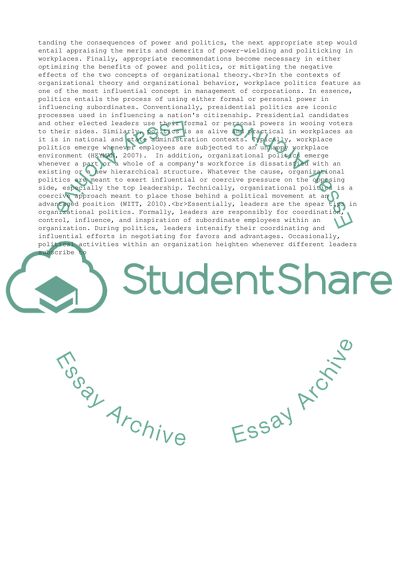Cite this document
(“Power and politics Essay Example | Topics and Well Written Essays - 1250 words”, n.d.)
Power and politics Essay Example | Topics and Well Written Essays - 1250 words. Retrieved from https://studentshare.org/management/1686497-power-and-politics
Power and politics Essay Example | Topics and Well Written Essays - 1250 words. Retrieved from https://studentshare.org/management/1686497-power-and-politics
(Power and Politics Essay Example | Topics and Well Written Essays - 1250 Words)
Power and Politics Essay Example | Topics and Well Written Essays - 1250 Words. https://studentshare.org/management/1686497-power-and-politics.
Power and Politics Essay Example | Topics and Well Written Essays - 1250 Words. https://studentshare.org/management/1686497-power-and-politics.
“Power and Politics Essay Example | Topics and Well Written Essays - 1250 Words”, n.d. https://studentshare.org/management/1686497-power-and-politics.


